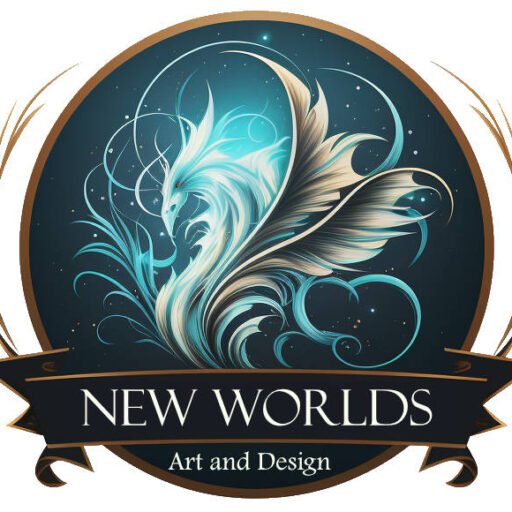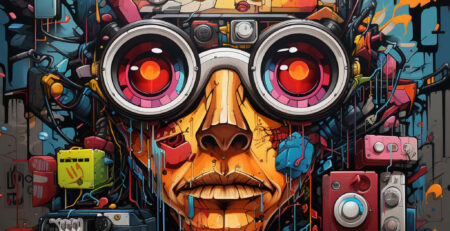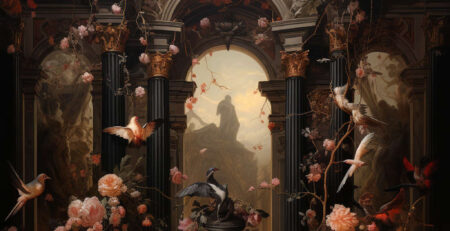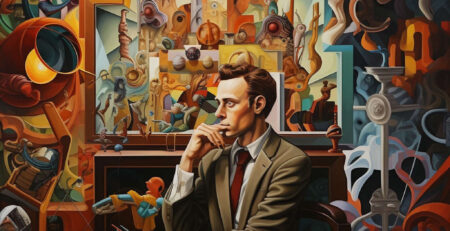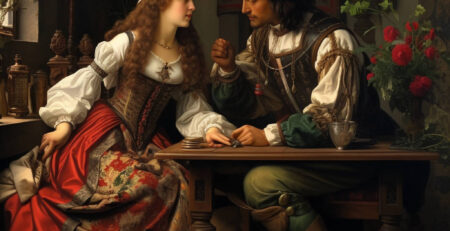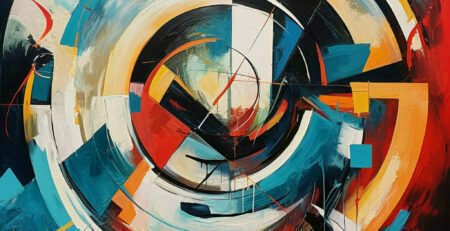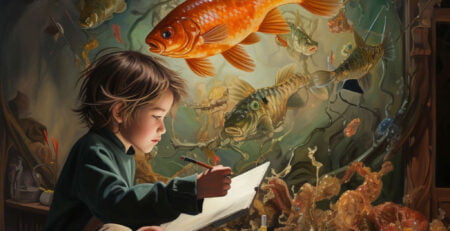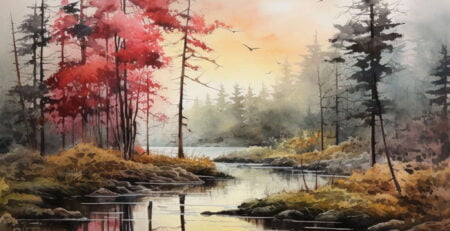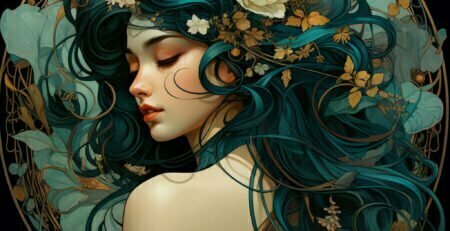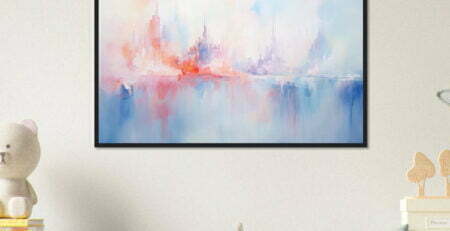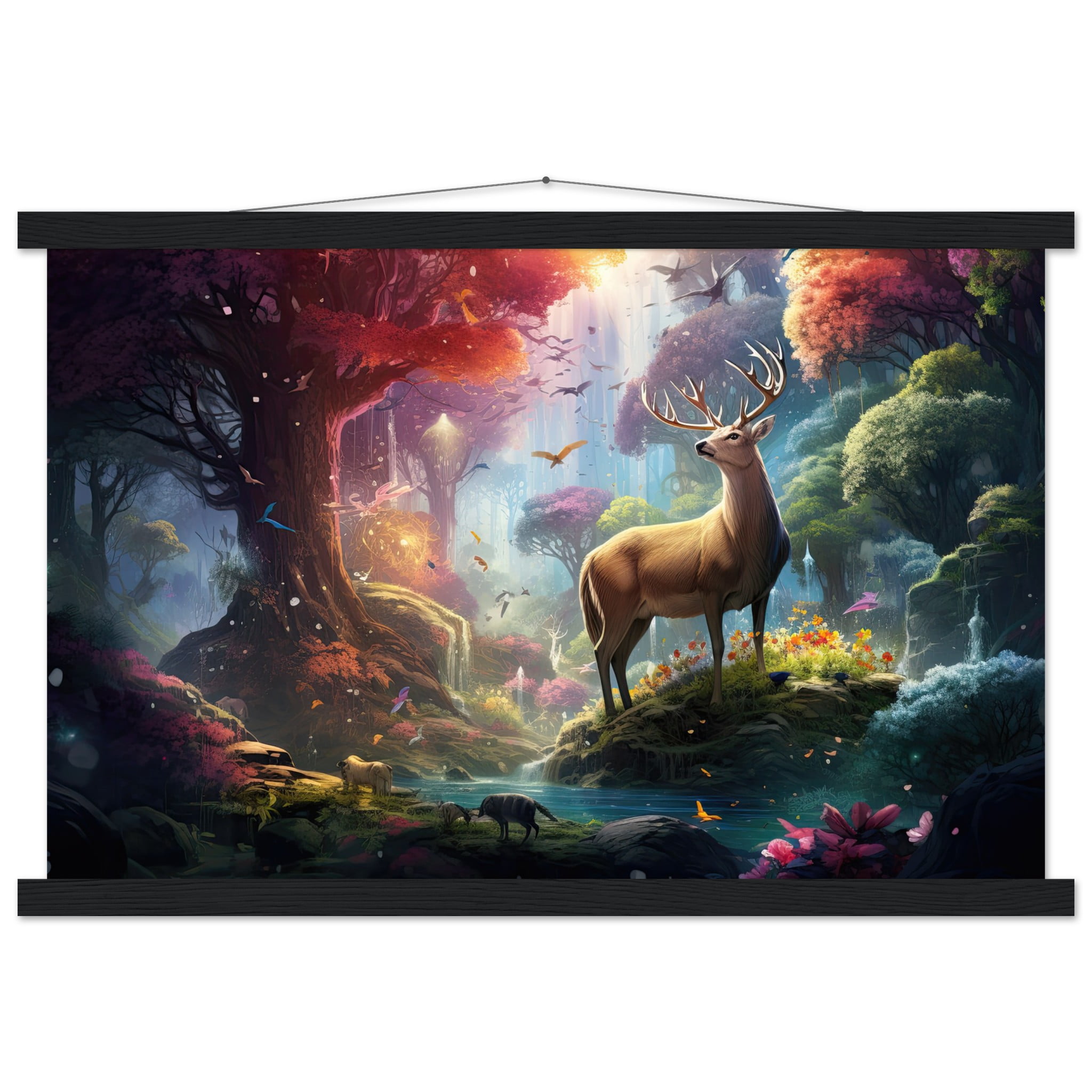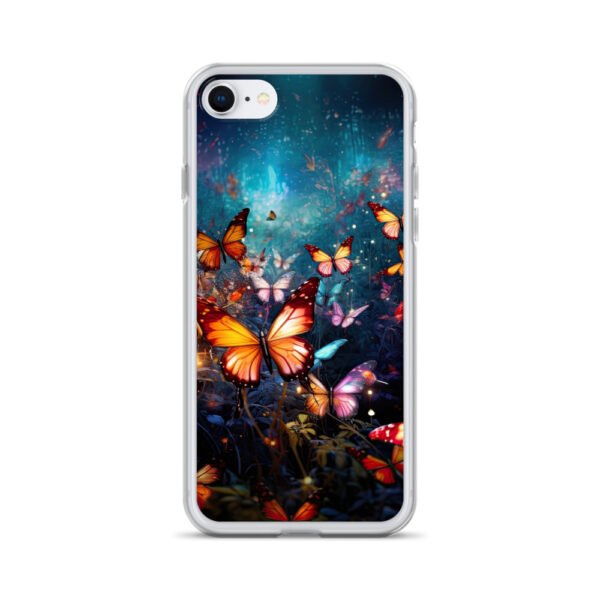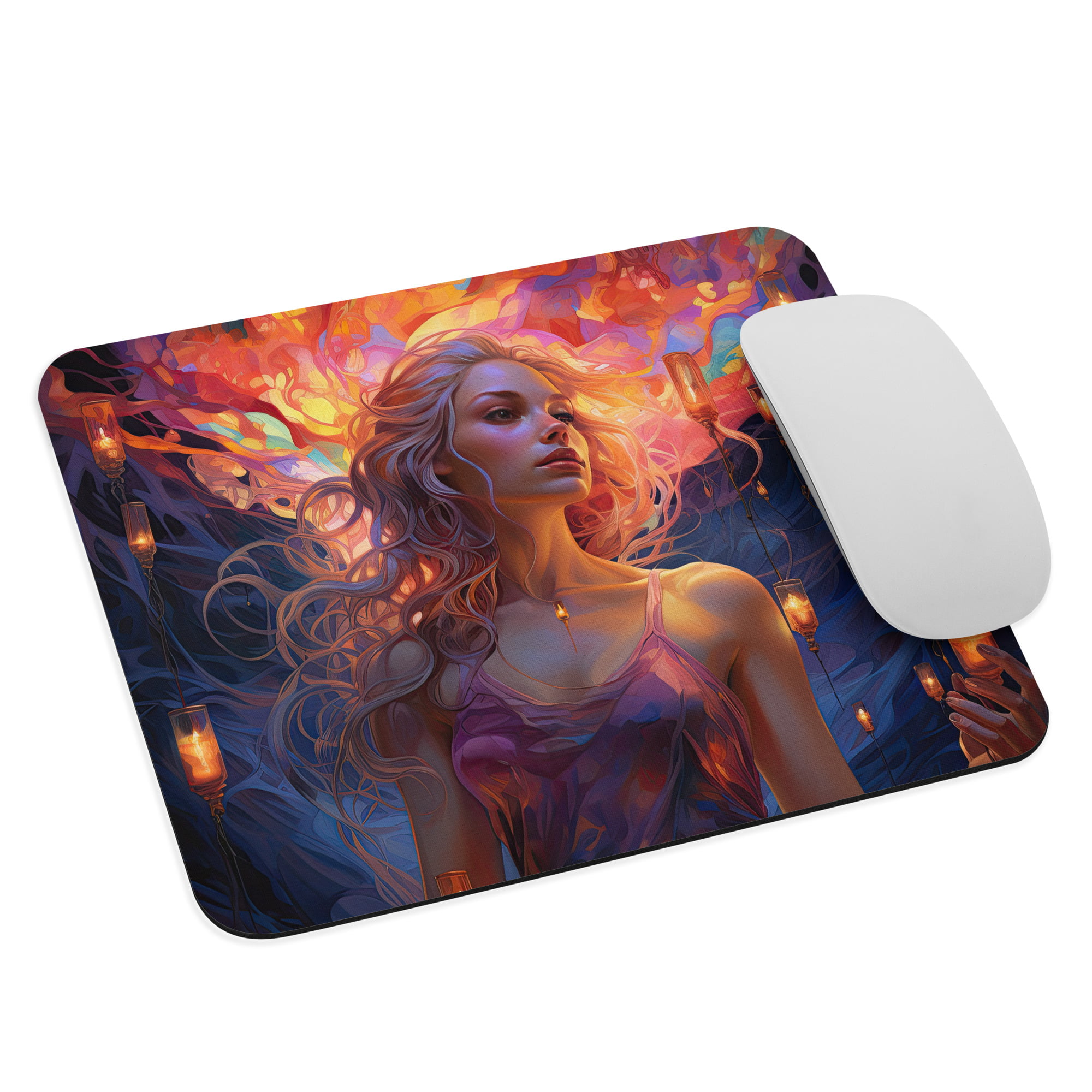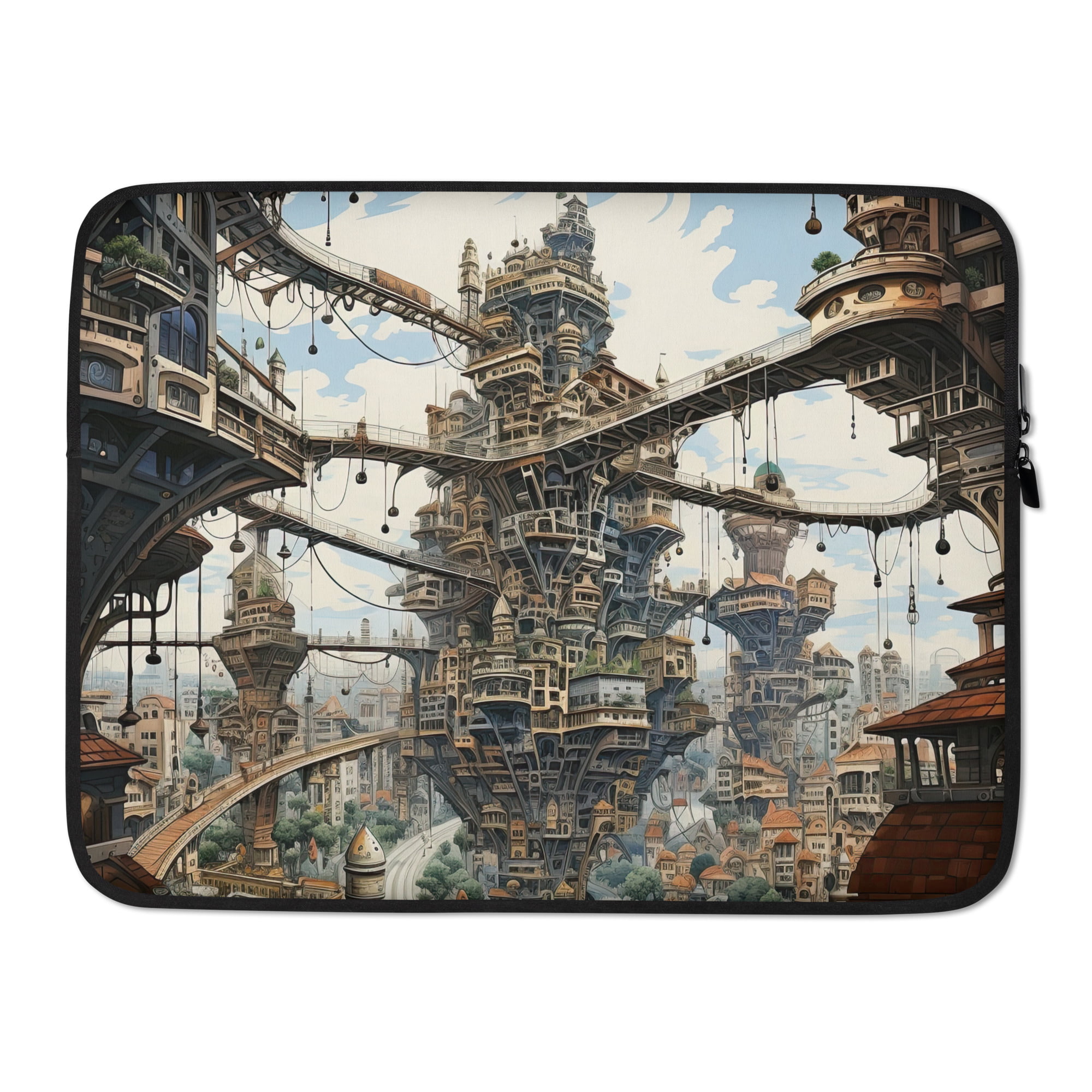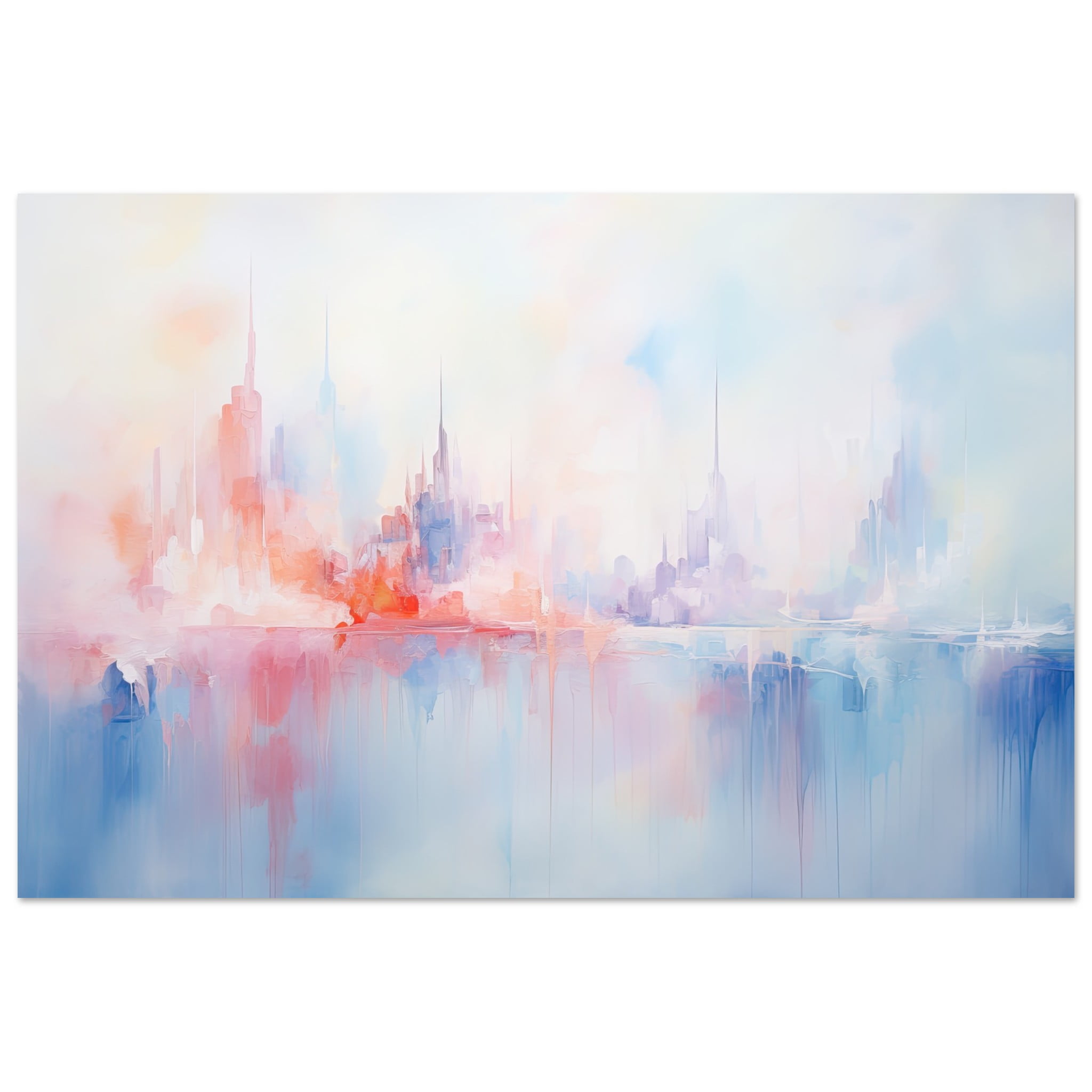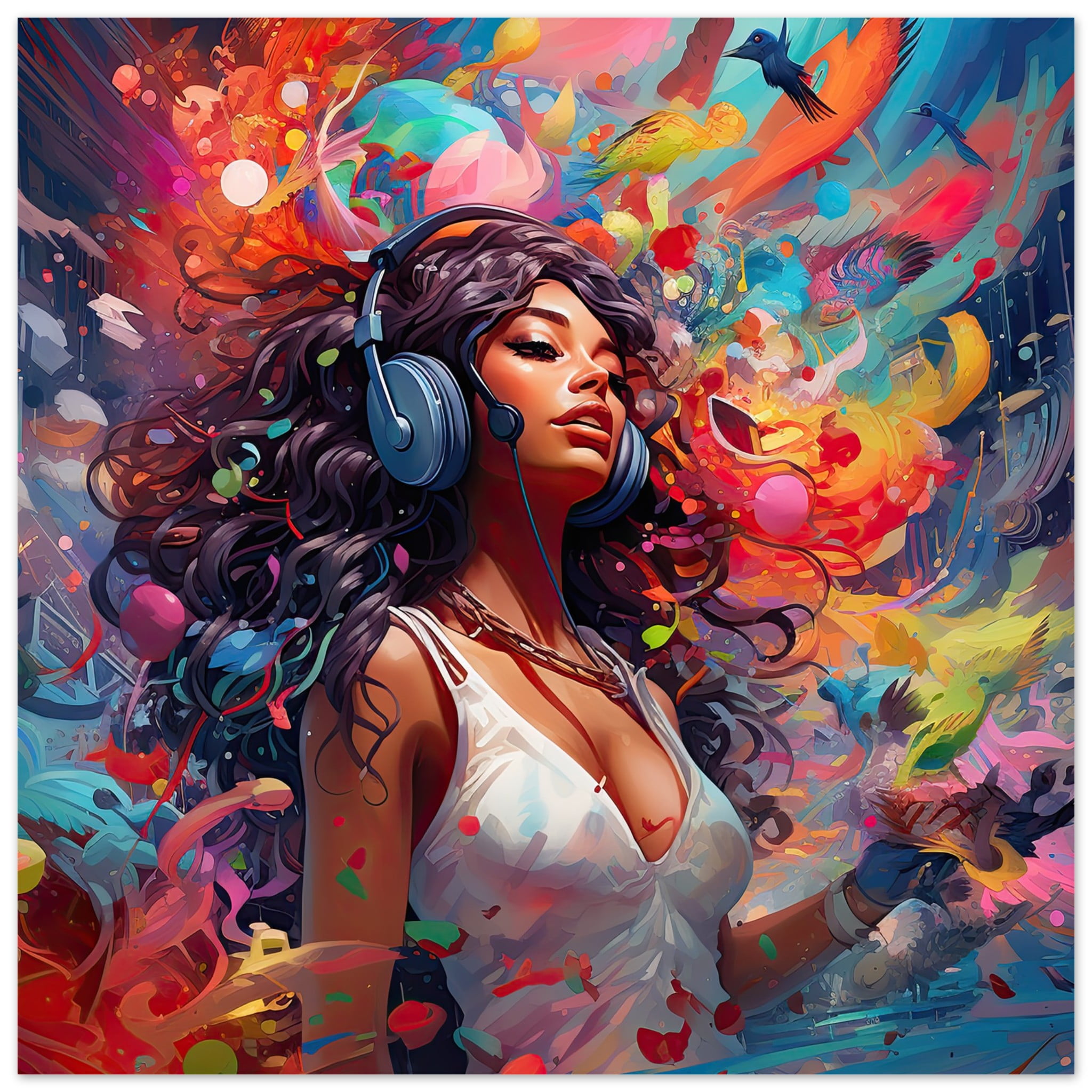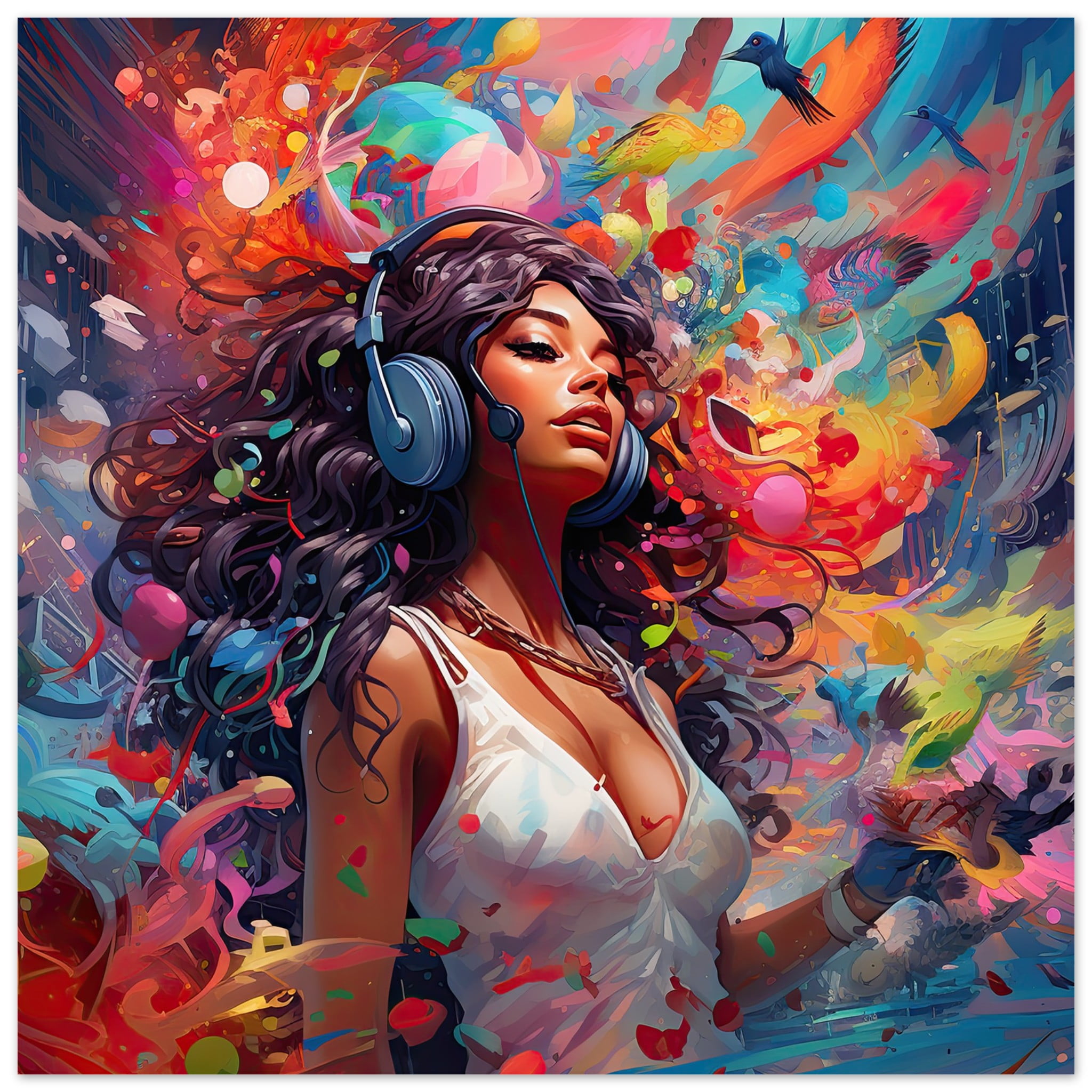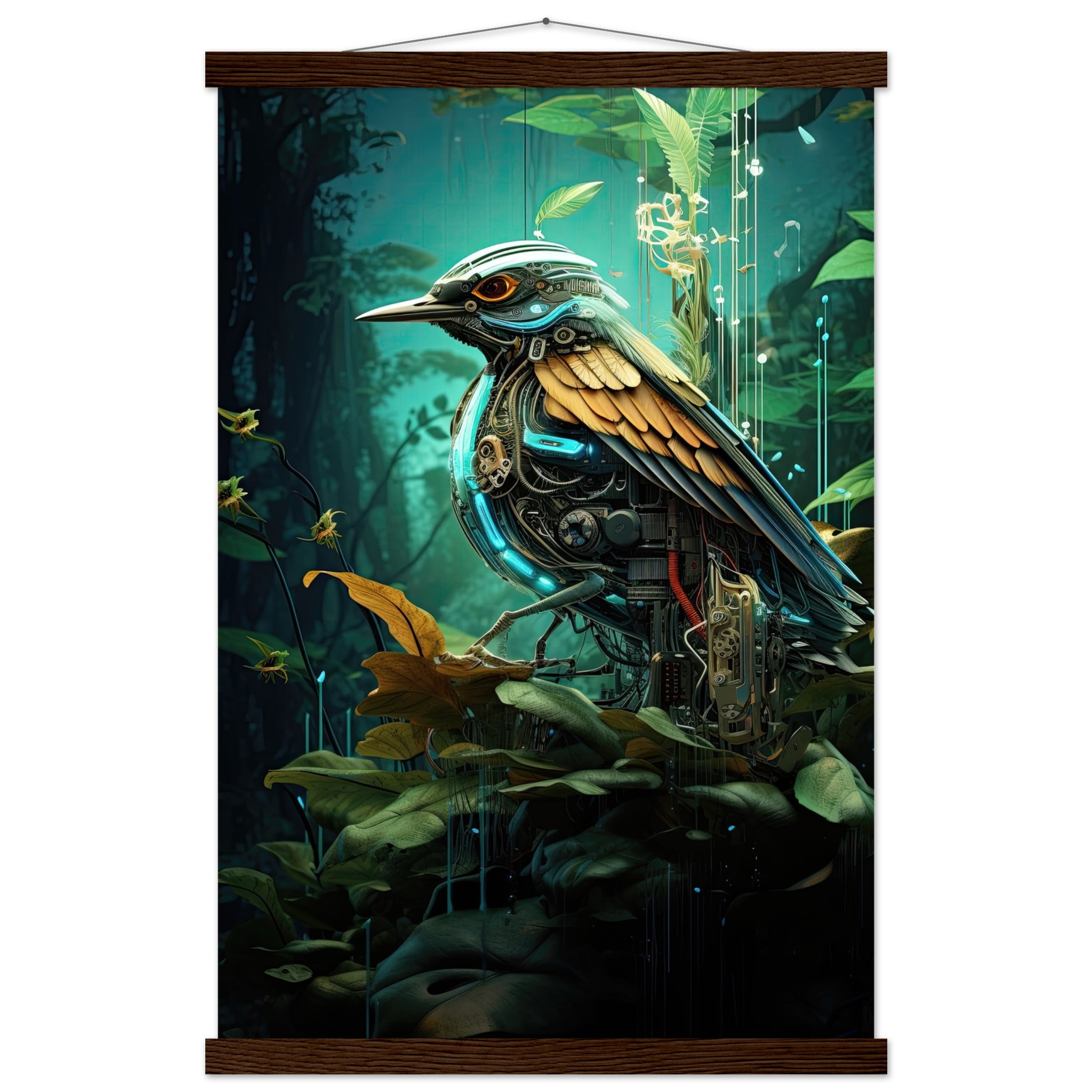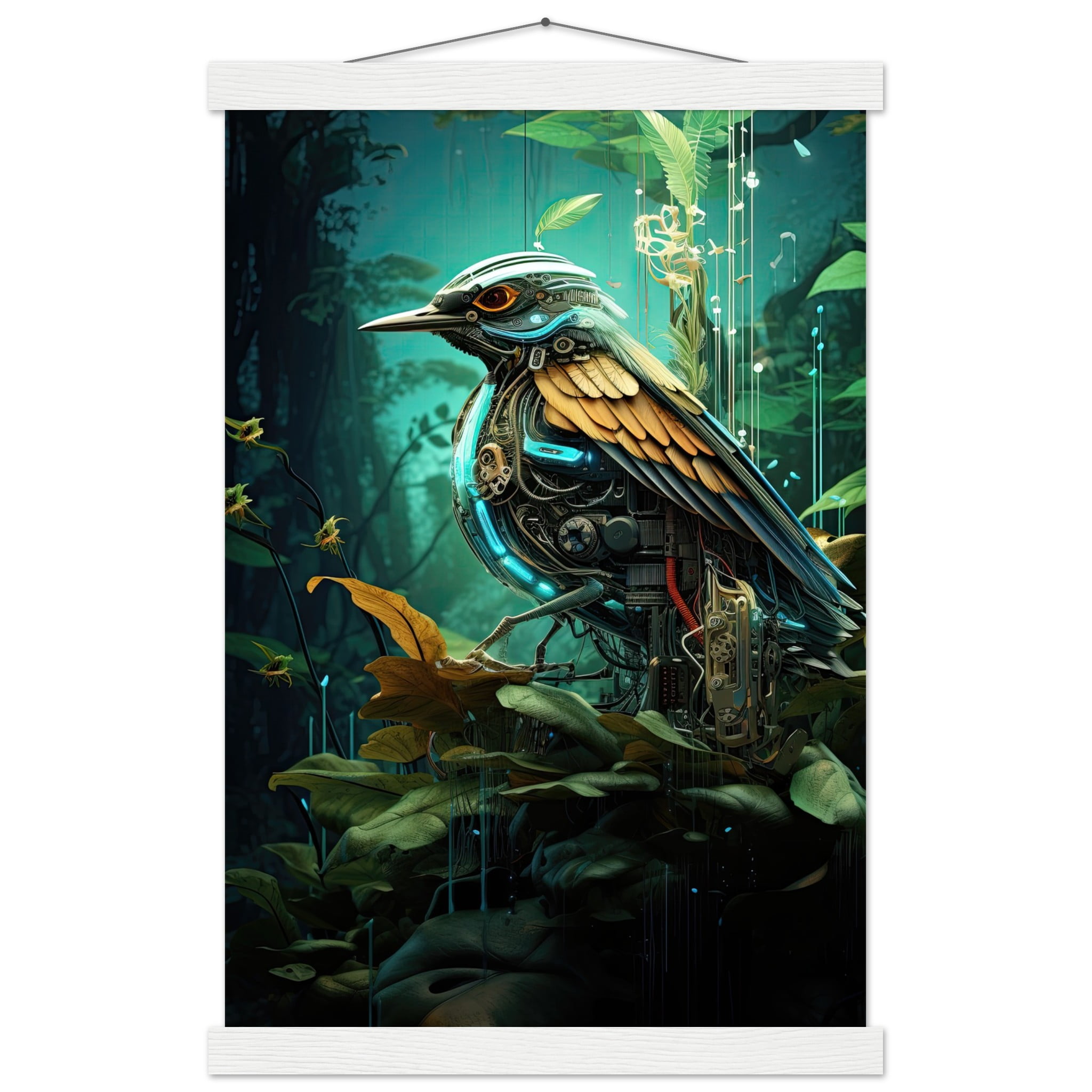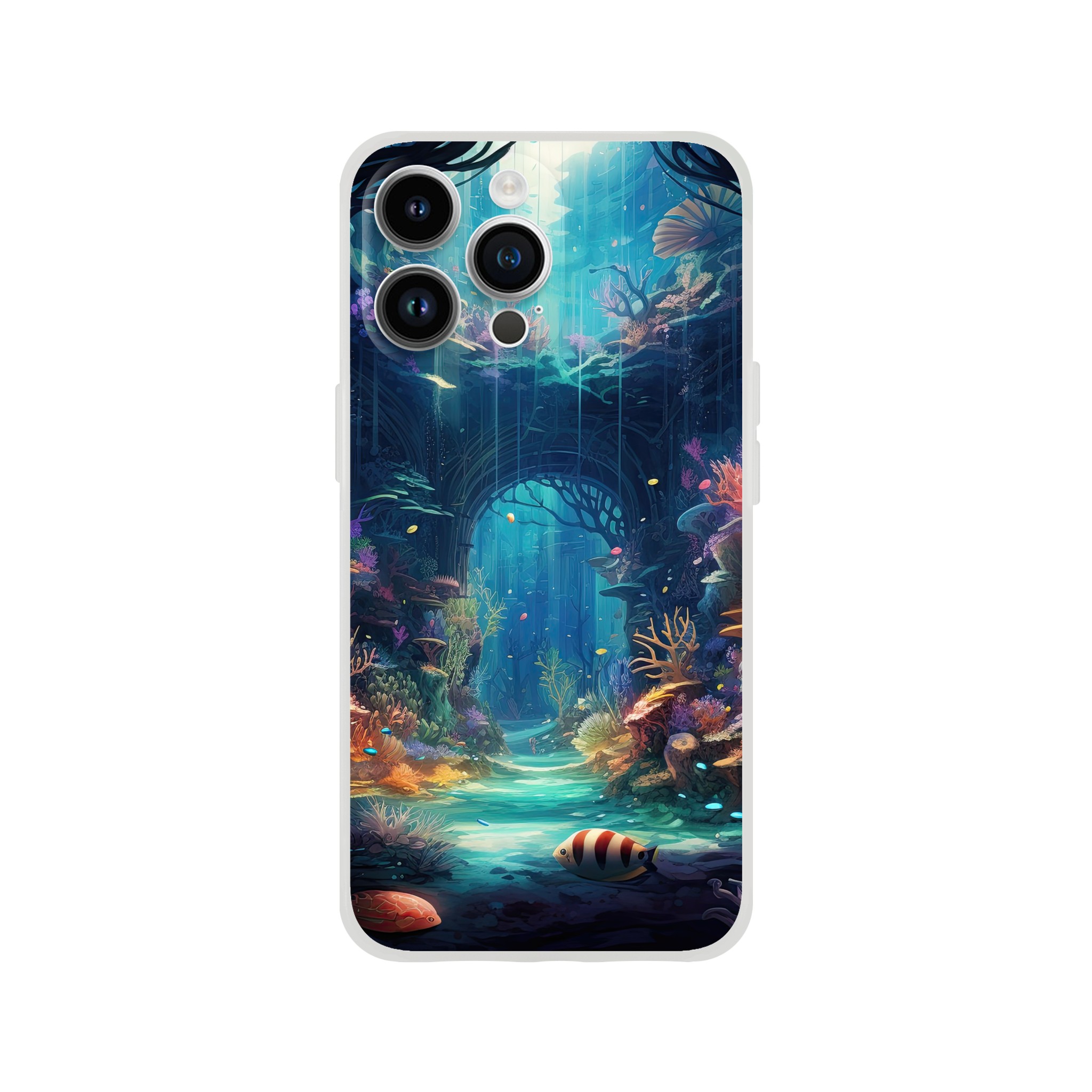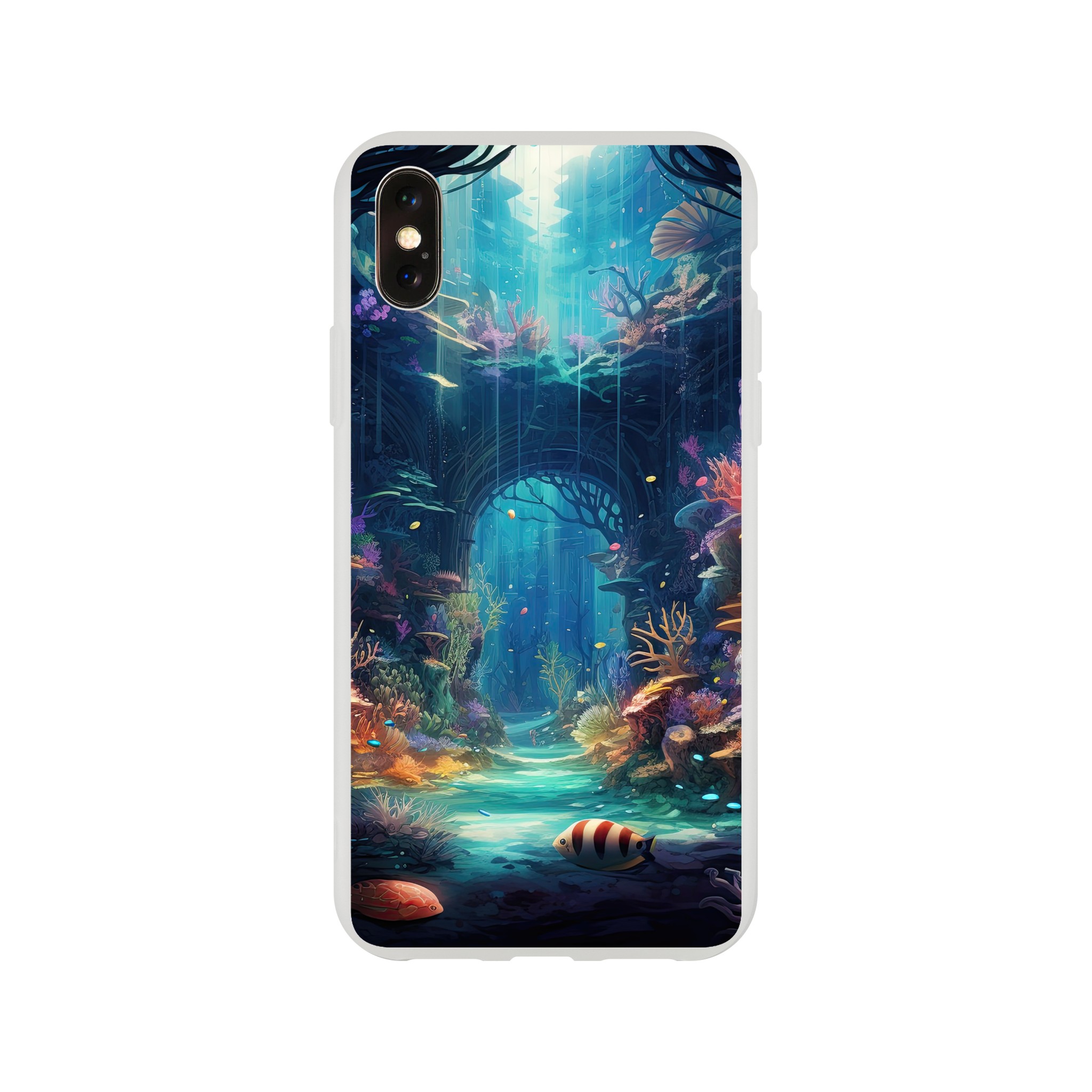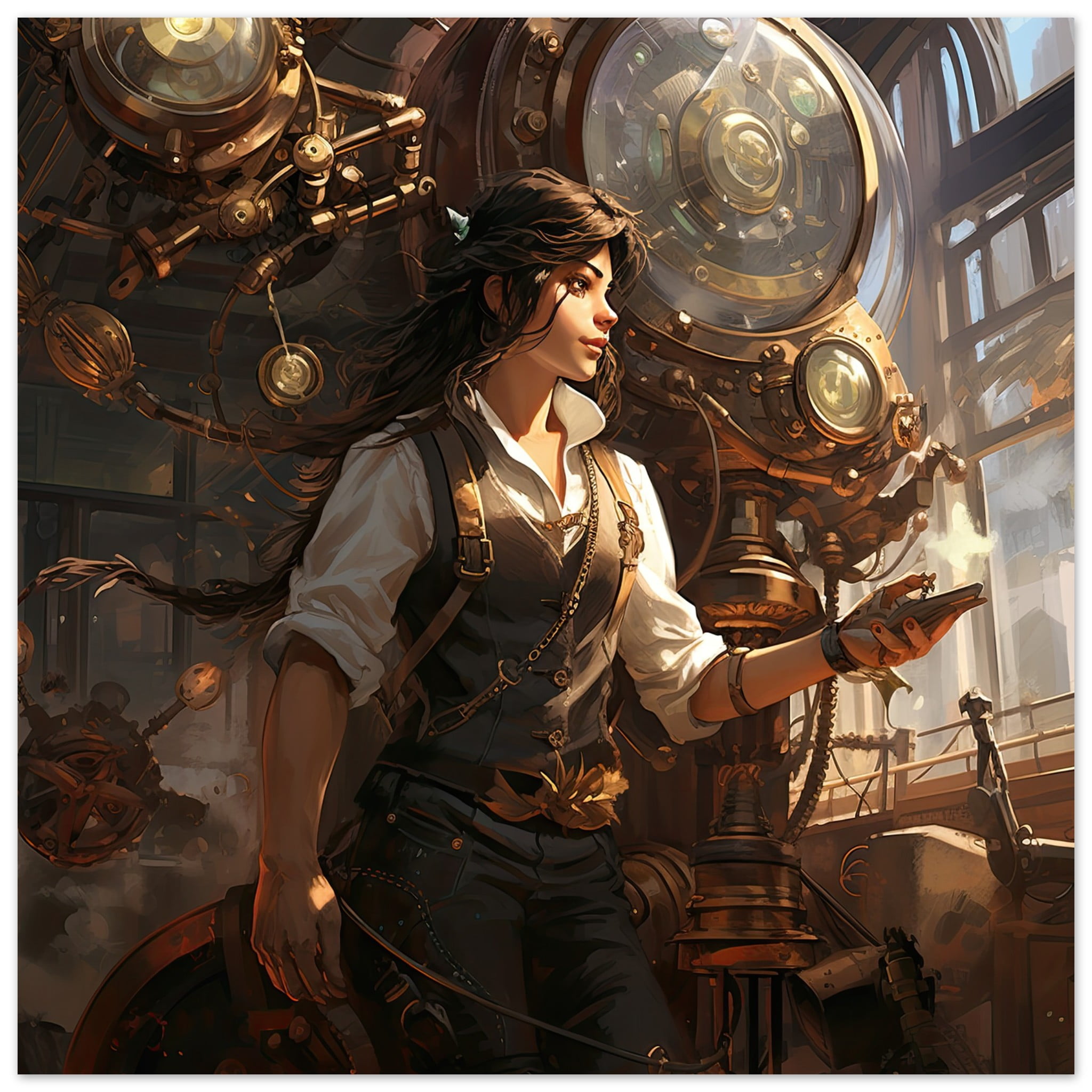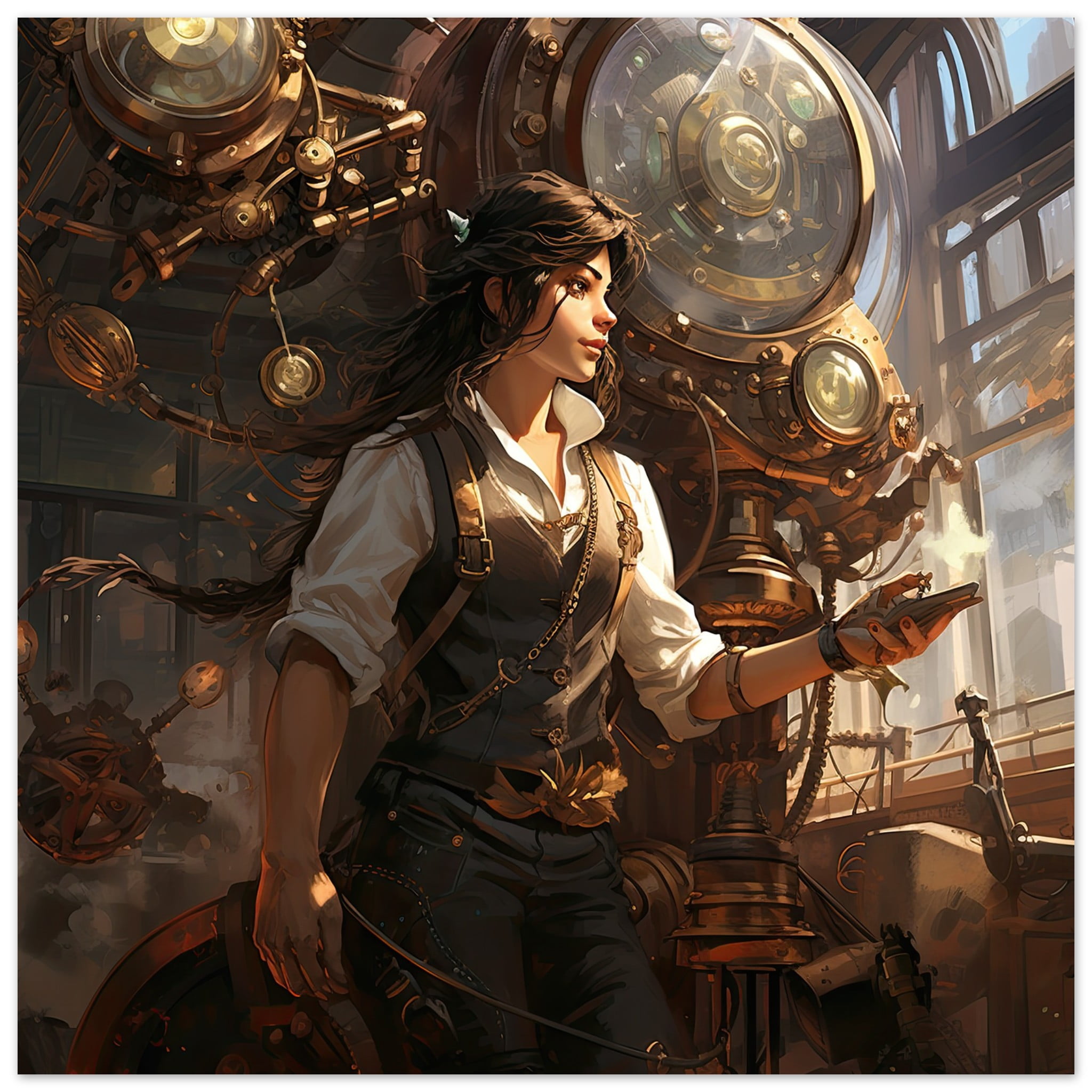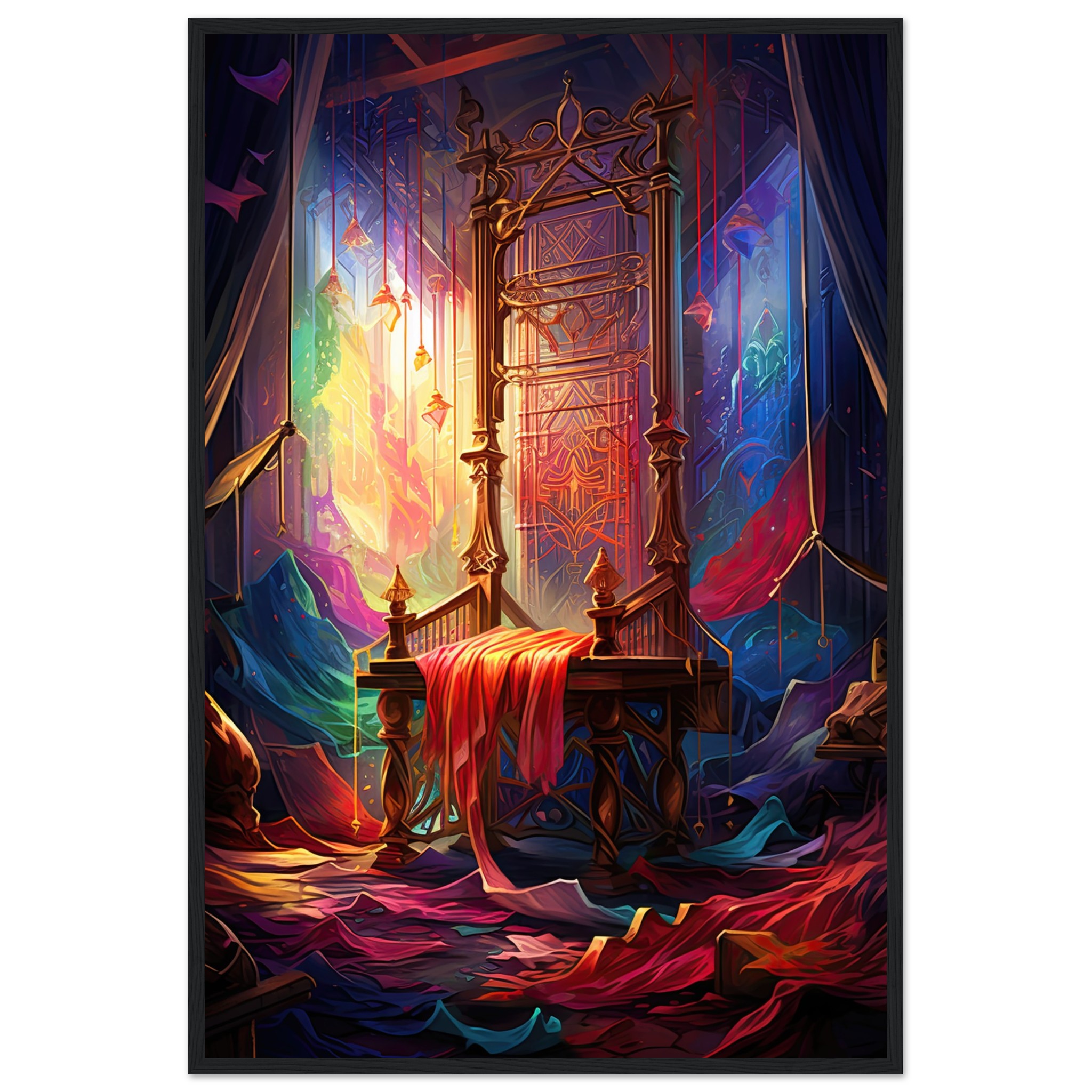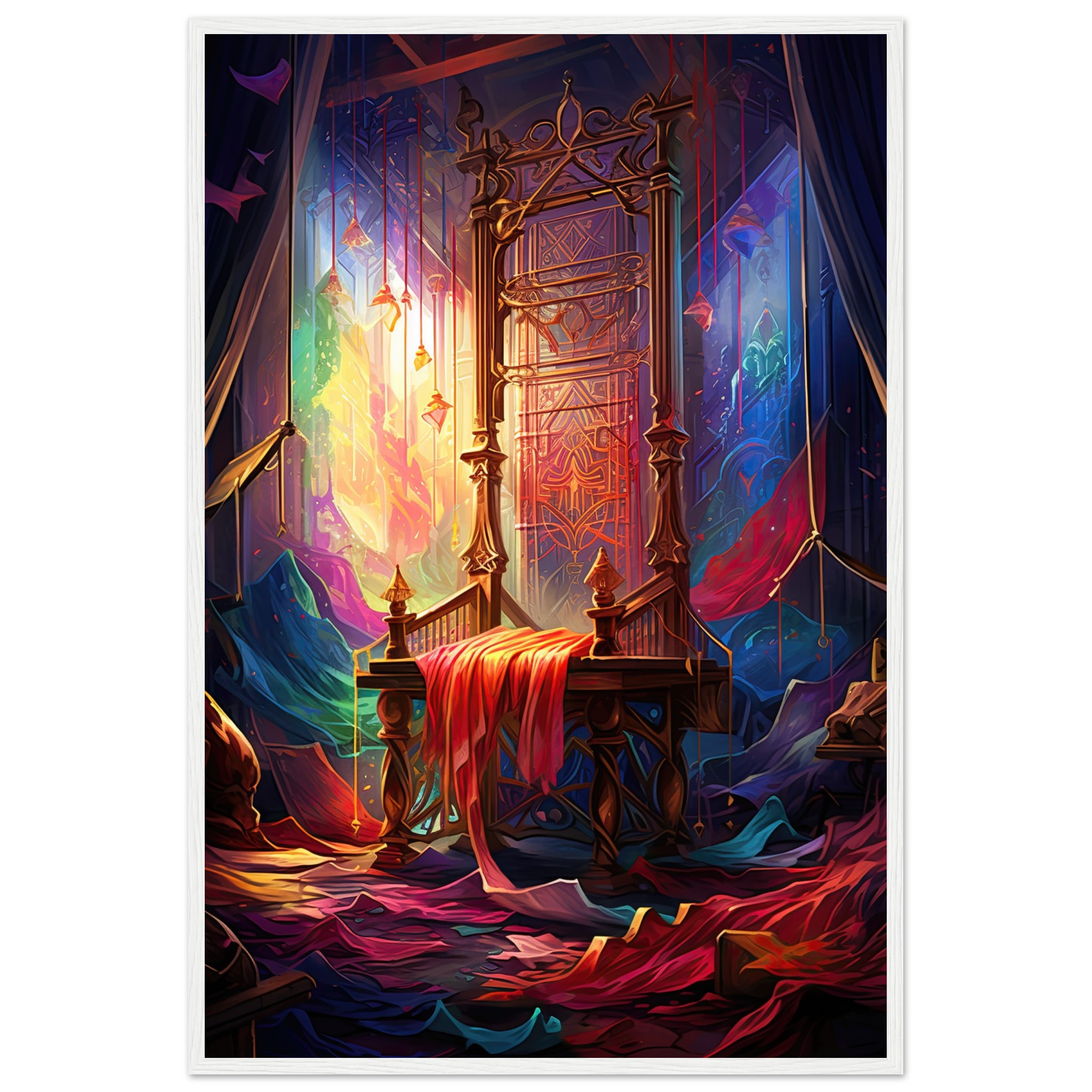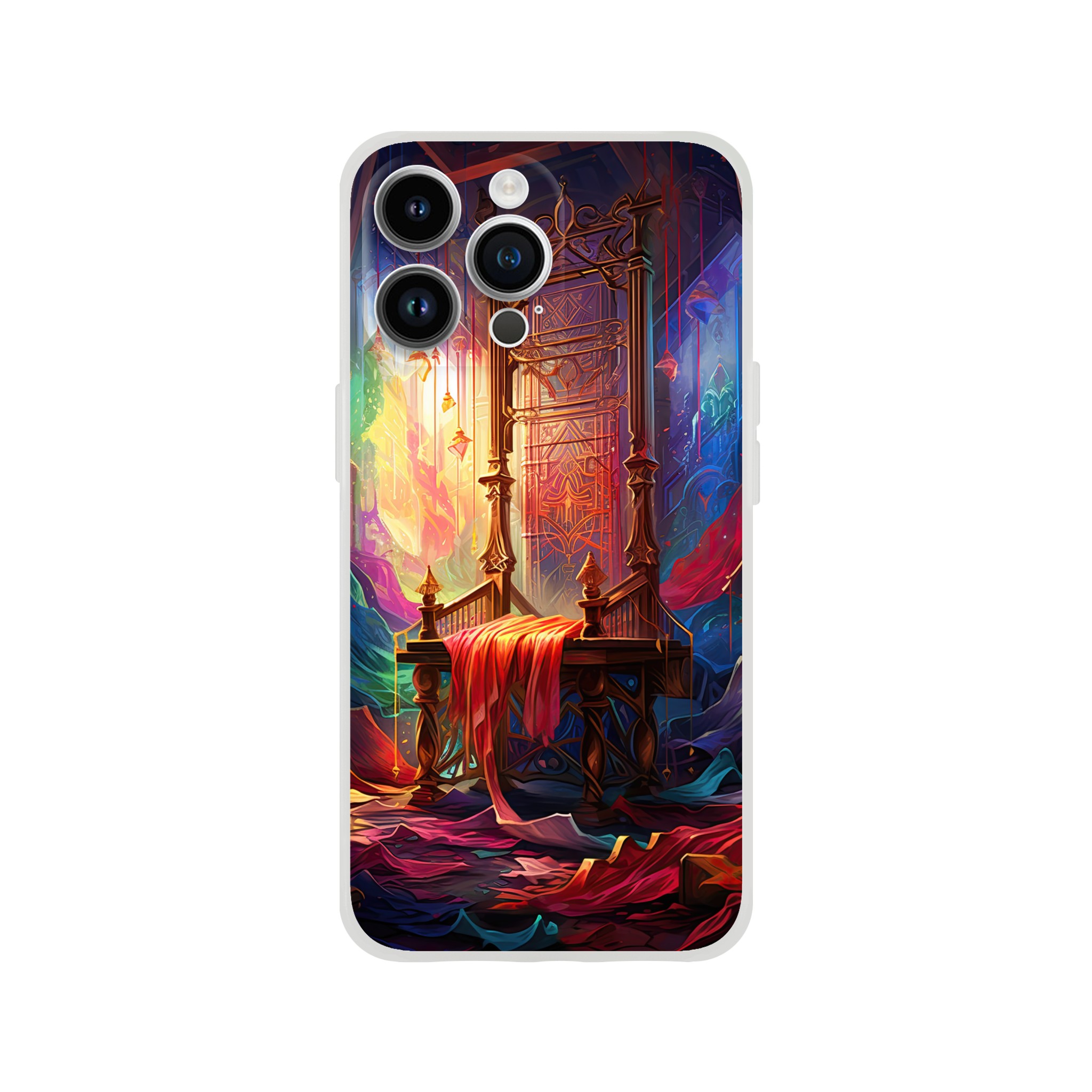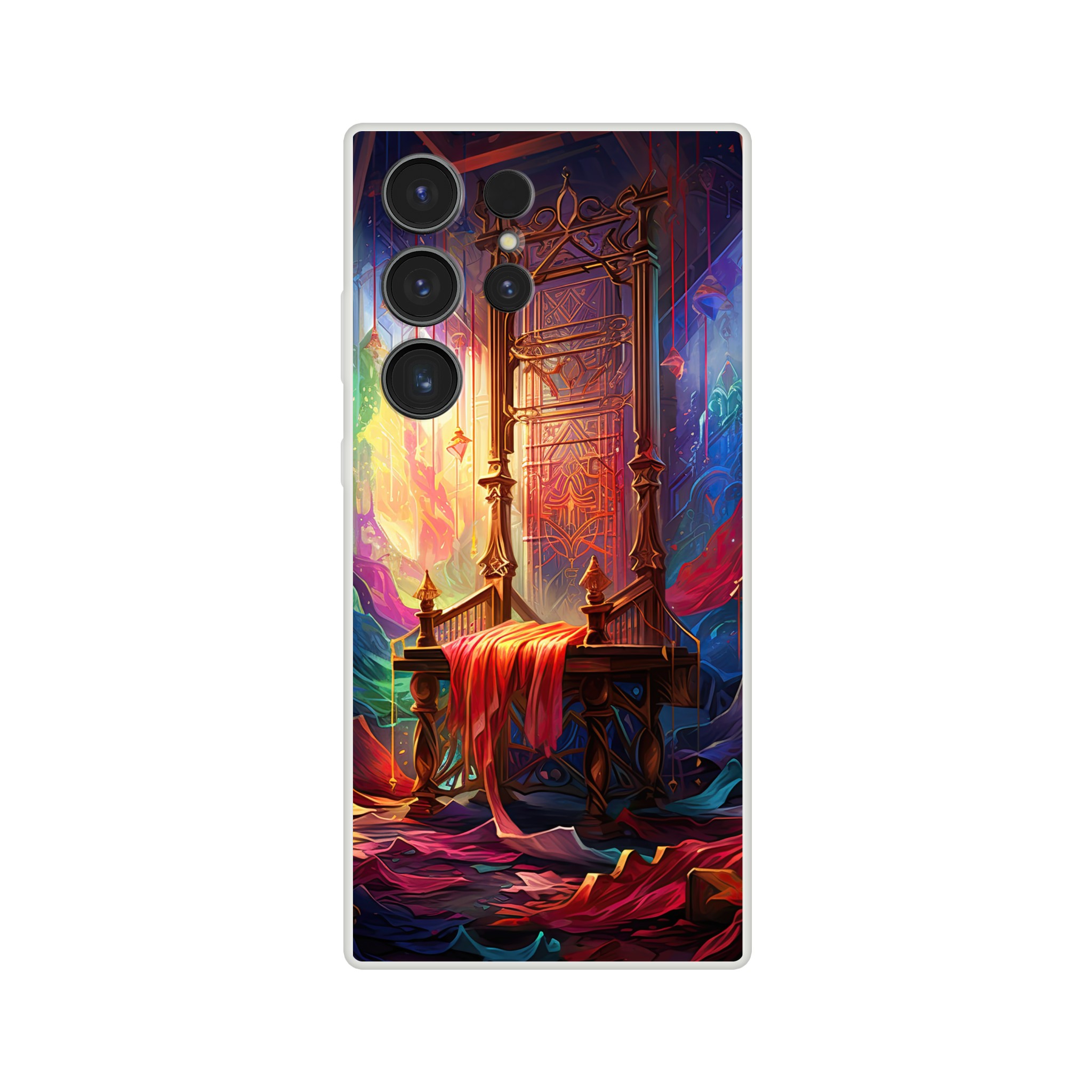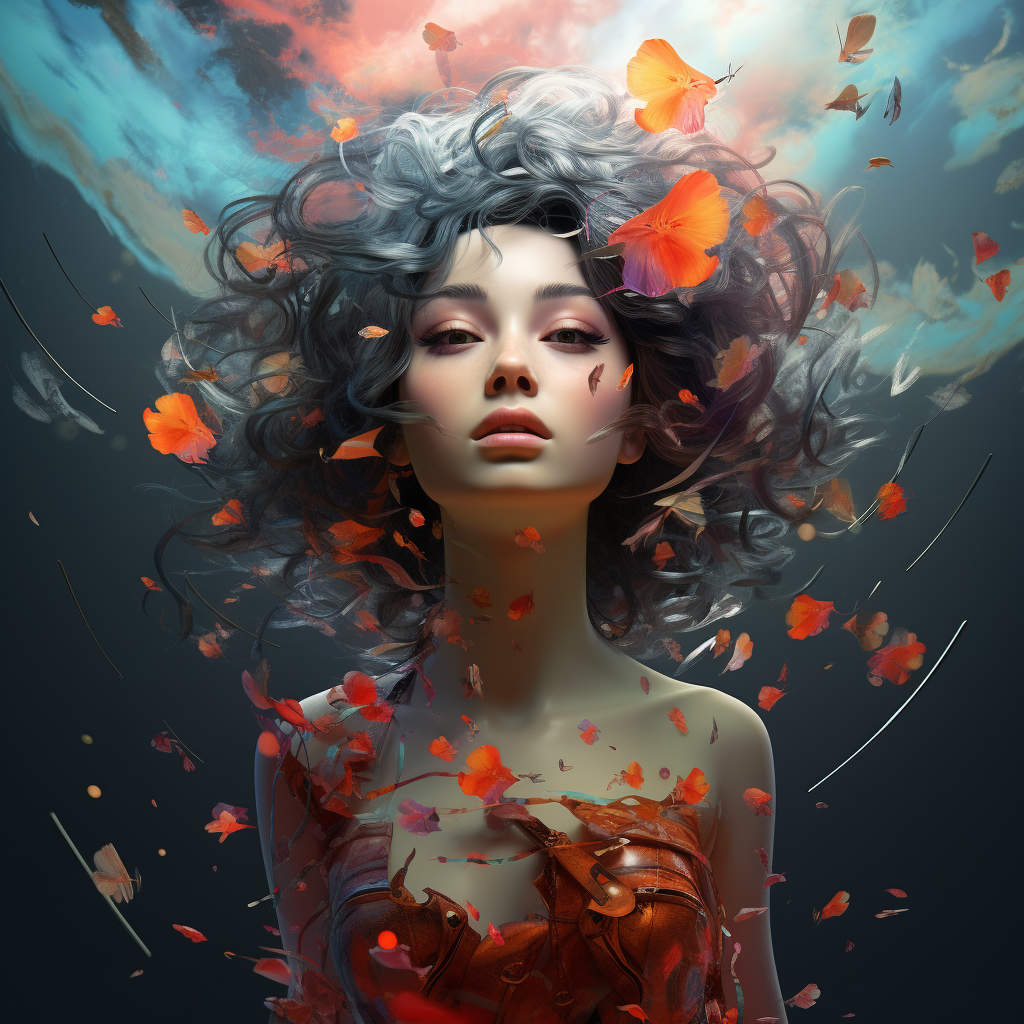
14
Jul
Evolution of Digital Art: Tracing the Path of Creativity in the Digital Realm
Digital art, a vibrant and ever-evolving form of artistic expression, has redefined the boundaries of creativity and transformed the way we perceive, create, and interact with art. From its humble beginnings as an experimental process to its prominent presence in the modern art world, digital art has paved the way for innovative techniques and groundbreaking artistic possibilities. In this article, we embark on a captivating journey through the history of digital art, exploring its origins, key milestones, and the transformative impact it has had on the artistic landscape.
Emergence of the Digital Medium:
The roots of digital art can be traced back to the mid-20th century, when computers and digital technology began to shape various aspects of society. Early pioneers like Ben Laposky and Stan Vanderbeek experimented with computer-generated imagery, laying the groundwork for what would become digital art. However, it was in the 1960s and 1970s that significant advancements in technology and the availability of digital tools set the stage for the emergence of digital art as a distinct form of expression.
Generative Art and Computer Graphics:
The advent of computer graphics and generative art in the 1960s marked a turning point in the history of digital art. Artists such as Frieder Nake, Vera Molnár, and Harold Cohen utilized algorithms and computer programs to generate visual patterns, exploring the interplay between randomness and intentionality. These early experiments showcased the potential for computers to serve as creative tools and hinted at the artistic possibilities that lay ahead.
Rise of Digital Imaging:
The 1980s witnessed a significant shift with the introduction of digital imaging software and hardware. Artists like Nancy Burson and Lillian Schwartz pioneered the use of digital manipulation techniques, blending photography, computer graphics, and image processing to create captivating and surreal visual compositions. The development of software like Adobe Photoshop and advancements in digital cameras further fueled the growth of digital imaging, making it more accessible to artists and expanding the creative horizons of digital art.
Interactive Art and Virtual Reality:
The 1990s witnessed a surge of interest in interactive art and virtual reality experiences. Artists like Char Davies and Jeffrey Shaw immersed viewers in virtual environments, combining digital imagery, sound, and interactive elements to create immersive and participatory art experiences. These developments pushed the boundaries of artistic engagement and transformed the relationship between the viewer and the artwork.
Digital Art and the Internet:
The rise of the internet in the late 20th century brought about a profound shift in the way digital art was created, shared, and experienced. The internet provided a global platform for artists to showcase their work, engage with audiences, and collaborate across geographical boundaries. Online communities and platforms dedicated to digital art, such as Rhizome and DeviantArt, emerged, fostering a vibrant digital art ecosystem and connecting artists and enthusiasts worldwide.
Blurring Boundaries and New Possibilities:
In recent years, digital art has continued to push boundaries and evolve in exciting ways. Advancements in technology, including augmented reality (AR), virtual reality (VR), artificial intelligence (AI), and blockchain, have opened up new frontiers for artistic experimentation. Artists are now exploring the intersections between digital and physical realms, integrating digital elements into traditional art forms, and leveraging technology to create interactive, dynamic, and immersive experiences.
Navigating Challenges and Ethical Considerations:
As digital art continues to flourish, it raises unique challenges and ethical considerations. Issues surrounding authenticity, ownership, copyright, and digital preservation require ongoing dialogue and careful navigation. Artists and institutions are exploring innovative solutions, such as blockchain technology, to establish provenance and ensure the value and integrity of digital artworks.
The history of digital art is a testament to human ingenuity and our ever-evolving relationship with technology. From the early experiments in generative art to the immersive experiences of virtual reality and the global connectivity of the internet, digital art has transformed the artistic landscape, offering new avenues for creativity, expression, and engagement. As technology continues to advance, the world of digital art is poised to push the boundaries of artistic possibilities even further, inspiring future generations of artists and captivating audiences with its ever-evolving forms.
